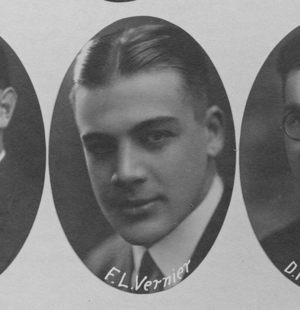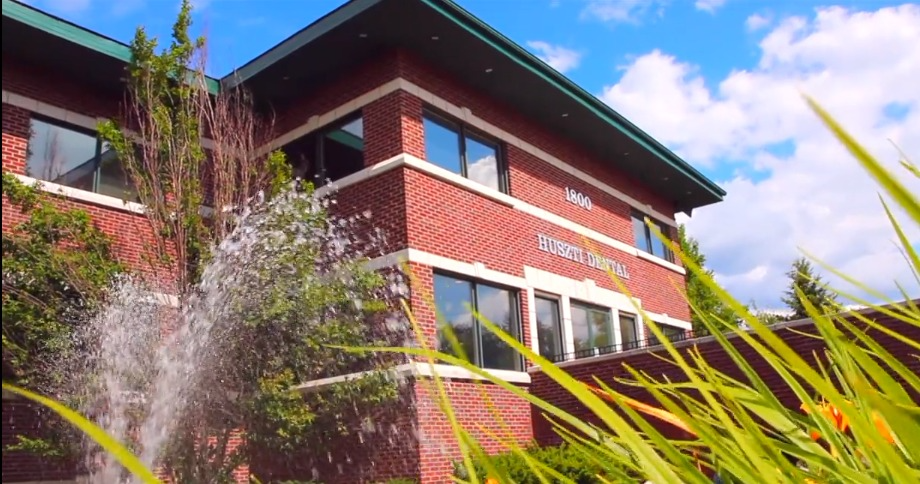Dentist in Milford, MI – Focused on One Person: YOU
For over
80 years, Huszti Dental has been Milford’s trusted dentist, offering personalized care in family, cosmetic, implant, and specialty dentistry. Our team includes experienced general dentists and board-certified specialists in endodontics and periodontics.
Our dentists don’t just work in Milford—we live here too. We care for our neighbors like family. The video throughout this site is from
A Hometown Tribute: I Love Milford—a short film Dr. Huszti created as a thank you to Milford and its institutions when his daughters graduated from Milford High School.
NEW PATIENTS
Huszti Dental Care has been part of the Milford community for more than 30 years.

OUR TEAM
Huszti Dental Care’s professionals are chosen not just for their expertise in the field, but on how welcome they make you feel from the moment you walk into our Milford office.
OUR SERVICES
Huszti Dental Care in Milford, Michigan offers expert family, preventative, and specialty dentistry in a welcoming, professional setting. Our general dentists and board-certified specialists work together to provide complete, personalized care—all under one roof.
It All Began in Highland
In the 1940s, Highland was considered the country. Dr. Floyd Vernier Jr. opened his office in a small brick professional building at 1830 N. Milford Road in Highland.
DR. Floyd L. Vernier, Sr.

According to periodic announcements in the Michigan Alumnus, a magazine for University of Michigan alumni, Dr. Floyd Vernier Sr. had some very eventful years following his 1921 graduation from the University of Michigan School of Dentistry.
Announcements in the publication included his marriage to Winifred Wilmot in 1923 and the birth of Floyd L. Vernier Jr. in 1924. Dr. Vernier Sr. practiced dentistry on the corner of Dix and Clark streets. It’s here that Vernier Jr. was inspired to continue his father’s work.
Running
Add a short description
A Hometown Tribute: I Love Milford
An Original Film Short by Dr. William Huszti
A Hometown Tribute: I Love Milford
An Original Film Short by Dr. William Huszti
Running
Add a short description









